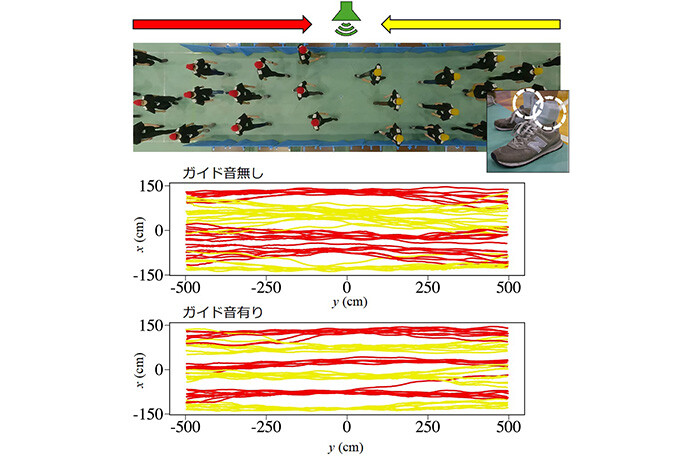Share this
Authors
Sunyong Eom, Hongjik Kim, Daisuke Hasegawa, Ikuho Yamada
Abstract
Transit-oriented development (TOD) is a widely accepted strategy for sustainable urban planning that encourages walking and transit ridership. Walking behavior in metro station areas is often quantified using pedestrian volumes. However, even in areas with similar pedestrian volumes, the walking distance and time spent within metro station areas may vary. Thus, a more comprehensive approach is required to evaluate pedestrian movement in a TOD context. Accordingly, we developed pedestrian movement indices (PMIs), which aggregate individual pedestrian movement as an area characteristic to capture pedestrian count, distance walked, and time spent based on large-scale GPS data. Furthermore, we illustrated the differences in the relationship between PMIs and TOD attributes according to each index using density, diversity, design, destination accessibility, and distance to transit (or the “5Ds”). A comparison of the three PMIs showed that pedestrian count, distance, and time spent provided different information for evaluating pedestrian movement. TOD attributes’ impact around metro stations varied, depending on the PMIs. These results indicate that policymakers should select appropriate measures to meet their policy aims when assessing pedestrian movement within metro station areas. This study contributes to monitoring pedestrian movement and incorporates pedestrian movement into spatial planning efforts considering TOD.
Sustainable Cities and Society: https://www.sciencedirect.com/science/article/pii/S2210670724000520
These Related Stories
